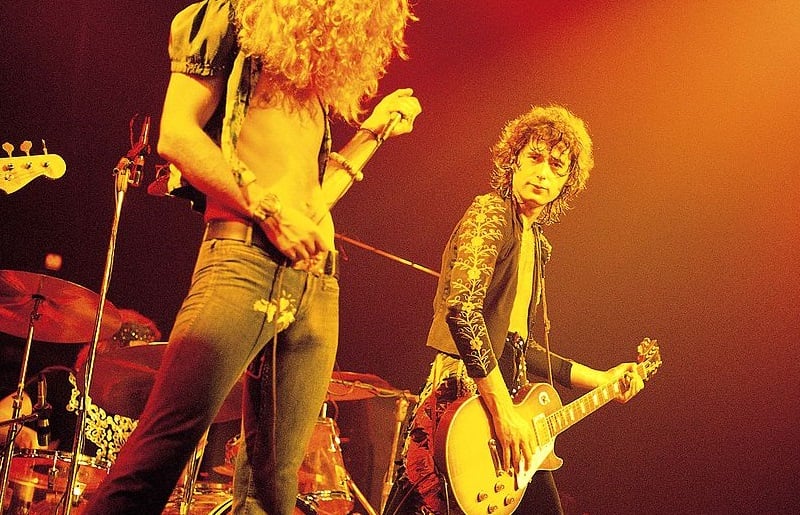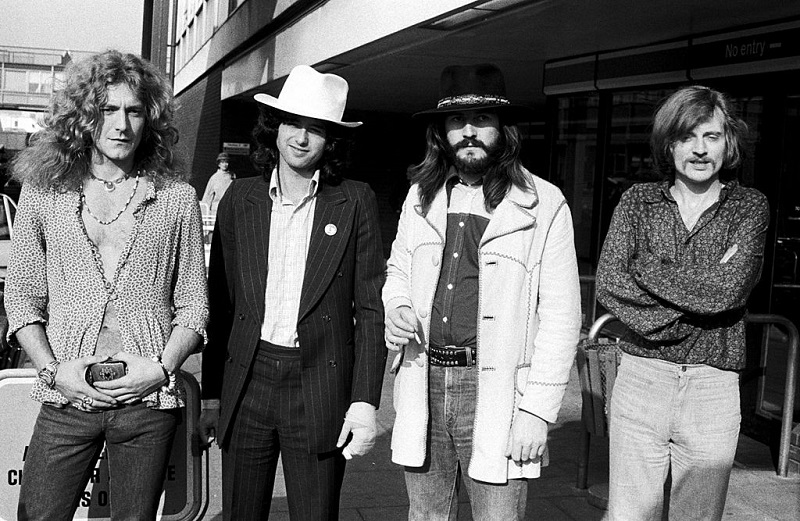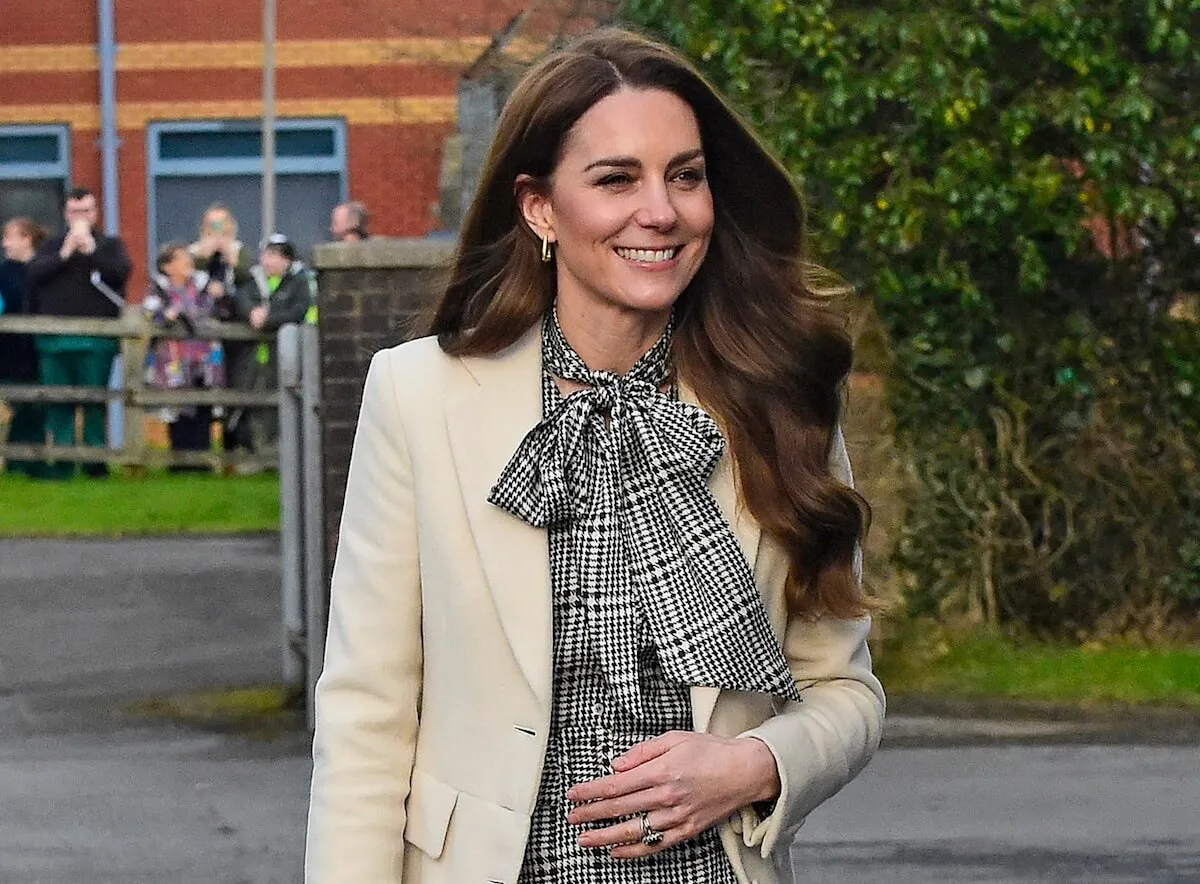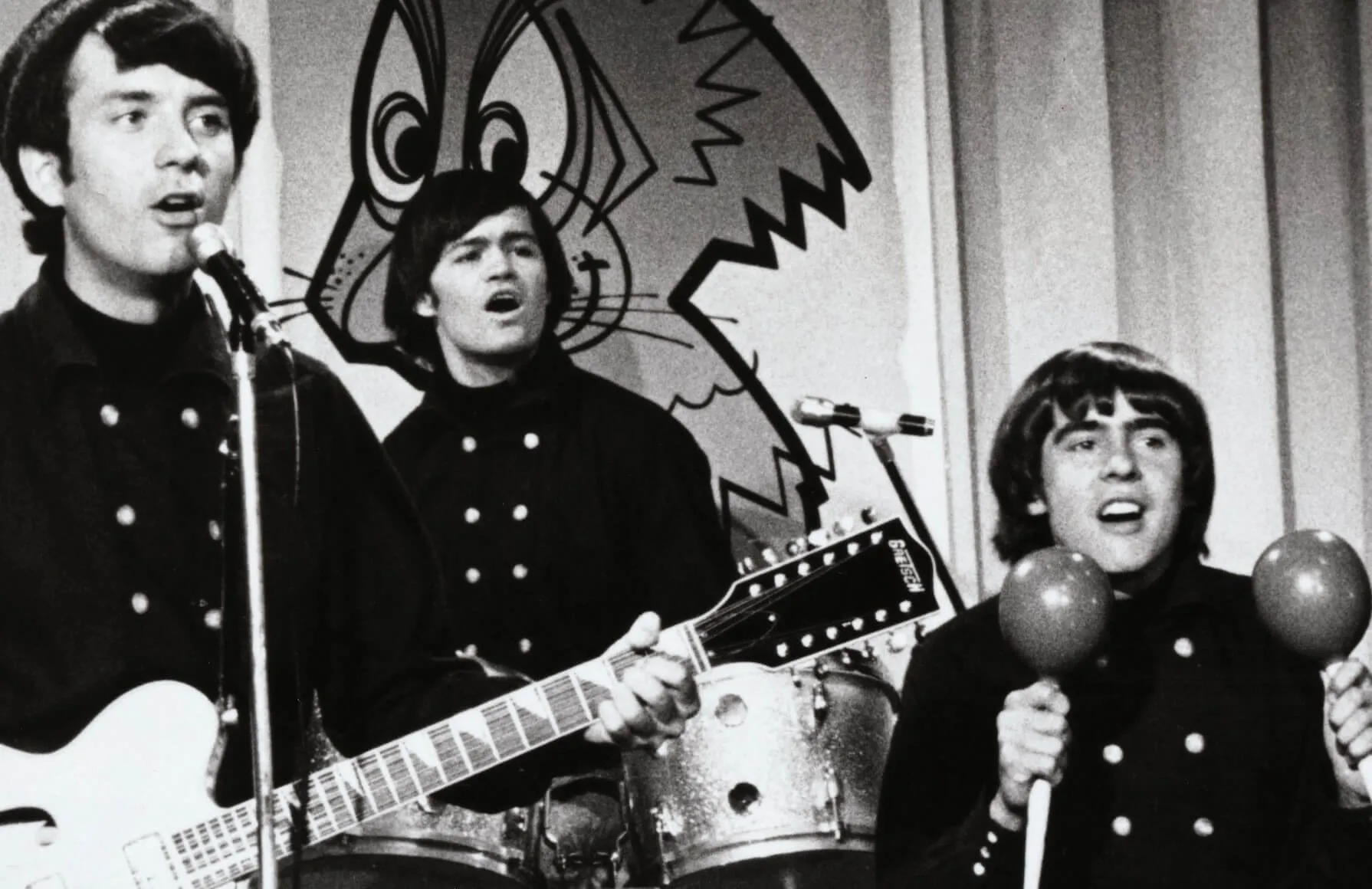Why Led Zeppelin Shifted Gears So Dramatically on ‘Houses of the Holy’
How do you top a masterpiece on the level of Led Zeppelin IV (1971)? It depends on the band. If selling records is the primary goal, a group will typically follow the same formula. But for a band like Led Zeppelin, massive success had arrived almost immediately. Zep had other priorities after IV.
Nonetheless, the band’s fourth album cast quite a shadow (musically speaking) in late ’71, when work on a new Zep record began. “Stairway to Heaven” had become something of an instant anthem, and “When the Levee Breaks” converted anyone still holding out on the group.
But to Led Zeppelin mastermind Jimmy Page, it wasn’t time for the band to rest on its laurels. And Houses of the Holy (1973) would reflect that spirit. “My main goal [on the album] was to keep rolling,” Page told Brad Tolinski in Light and Shade.
To fans who picked up Houses of the Holy (1973), it quickly became clear that Zep hadn’t stuck to the old formula. For starters, you won’t find much in the way of straight hard-rock. And Zep had plenty of surprises in store.
Jimmy Page didn’t want to attempt another ‘Led Zeppelin IV’

On the first four Led Zeppelin albums, the band had powerhouse opening tracks. And that didn’t change on Houses of the Holy, which kicks off with the shimmering “The Song Remains the Same.” But then listeners got something very different in “The Rain Song” (track 2).
After George Harrison had wondered where Zep’s ballads were, Page responded by writing this dramatic track (which quotes chords from Harrison’s “Something”). And after the brilliant “Over the Hills and Far Away” Zep closed out side 1 with the goofy “The Crunge.”
Indeed, this side was a long way from “Black Dog,” “Rock and Roll,” and the other heavy and/or bluesy tracks from IV. That was by design. “Everyone was clamoring for another Led Zeppelin IV,” Page said in Light and Shade. “[But] it’s very dangerous to try and duplicate one’s self.”
And while making sure his band kept evolving, Page took a shot at some unnamed rivals (the Rolling Stones, perhaps). “I won’t name any names, but I’m sure you’ve heard bands that endlessly repeat themselves,” he said. “After four or five albums, they just burn up.”
‘Houses of the Holy’ showcased Zep at its most versatile

On side 2 of Houses of the Holy, Zep kept the unexpected material coming. Page kicked things off with yet another signature riff on “Dancing Days,” and the band had a laugh with the reggae-rock number “D’yer Mak’er.”
Next came “No Quarter,” the brooding showcase for John Paul Jones, whose stature in the band had really grown by the fifth album. (Jones used it as his theme in the Song Remains the Same film.)
And before it ended, Zep brought it all back home on “The Ocean,” the only true hard-rock number of the set. (When the band embarked on its tour in support of the record, “The Ocean” would be a highlight of the live shows.)
All things considered, the record was a mostly a turn toward the brightness for Zeppelin, and it had several poppy moments along the way. Fans needn’t have worried, however. When Physical Graffiti arrived two years later, the band brought back any heaviness lacking here.


